Protect Resale Value with Paintless Dent Removal Techniques
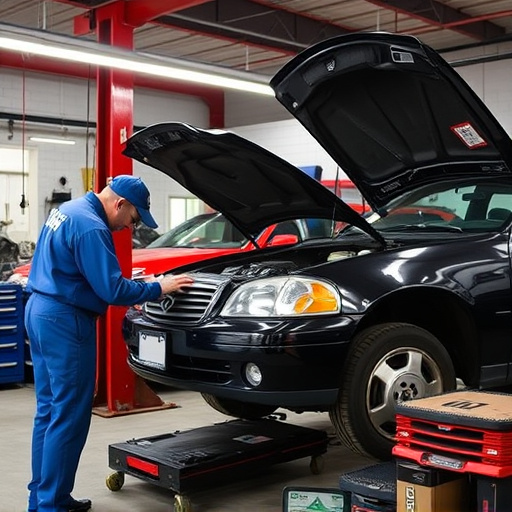
Paintless dent removal (PDR) is a cost-effective, efficient method to repair dents without repaintin…….
Welcome to an in-depth exploration of a cutting-edge technology transforming the automotive industry: Paintless Dent Removal (PDR). This innovative process has revolutionized the way vehicle dents and dings are repaired, offering a non-invasive, cost-effective alternative to traditional paint jobs. In this comprehensive article, we will unravel the mysteries of PDR, its global impact, economic implications, technological breakthroughs, regulatory landscape, and future prospects. By the end, readers will grasp the significance of this technique and its potential to reshape automotive care.
Definition: Paintless Dent Removal is a specialized method for repairing minor cosmetic dents, scratches, and dings on vehicles without removing or repainting the existing paintwork. It involves using advanced tools and techniques to gently push and manipulate the damaged area back to its original shape.
Core Components:
Historical Context: The origins of PDR can be traced back to ancient times when blacksmiths used simple tools to hammer out dents from metal objects. However, the modern iteration of PDR emerged in the 1980s, with Japanese technicians pioneering methods that laid the foundation for today’s advanced techniques. Over time, PDR has evolved into a highly skilled trade, embracing technological advancements to enhance its efficiency and precision.
Significance: Paintless dent removal offers several advantages:
Paintless dent removal has left its mark on the global automotive landscape, with varying degrees of adoption and unique regional trends:
| Region | Adoption Level | Unique Trends |
|---|---|---|
| North America | High | Early adopters, strict safety standards lead to advanced PDR techniques. |
| Europe | Moderate to High | Emphasis on eco-friendly practices, leading to the use of green PDR tools and methods. |
| Asia Pacific | Growing | Rapid urbanization drives demand for efficient, cost-effective repairs, fostering PDR growth. |
| Middle East & Africa | Moderate | Focus on vehicle aesthetics and luxury cars, with high-end PDR services in urban centers. |
International Influence: The global automotive industry’s shift towards customization and personalized vehicles has fueled the demand for PDR. As car owners seek unique finishes and colors, PDR offers a way to achieve these desires without compromising the vehicle’s structural integrity or value.
Trends Shaping the Future:
Market Analysis: The global PDR market is experiencing steady growth, driven by several factors:
Investment Patterns: The market attracts investors seeking opportunities in:
Economic Impact:
The field of PDR has witnessed remarkable technological breakthroughs, enhancing its effectiveness and efficiency:
Impact on Repair Quality: These technological advancements have led to:
Future Potential: The future holds immense potential for technology in PDR:
The legal framework surrounding PDR varies across regions, with each jurisdiction establishing its standards and guidelines:
International Agreements: In a globalized market, international agreements play a role in harmonizing standards:
Despite its numerous advantages, PDR faces challenges and criticisms that require attention and innovative solutions:
| Challenge | Criticism | Proposed Solutions |
|---|---|---|
| Skill Requirements | Requires highly skilled technicians to achieve optimal results. | Establish comprehensive training programs and certification standards to ensure quality. |
| Limited Accessibility | Not all vehicles or dents are suitable for PDR. | Develop specialized tools and techniques for diverse vehicle types and damage scenarios. |
| Visual Imperfections | In some cases, repairs may leave subtle visual traces. | Enhance tool precision and develop advanced finishing techniques to minimize visible imperfections. |
| Insurance Coverage | Some insurance policies may not cover PDR repairs. | Collaborate with insurers to promote PDR as a cost-effective, alternative repair method. |
| Regulatory Compliance | Keeping up with evolving regulations can be challenging. | Create industry associations and resources to guide technicians through changing legal requirements. |
In a bustling metropolis, a startup offered mobile PDR services, targeting busy professionals who valued convenience. By utilizing advanced tools and providing on-demand repairs, they successfully filled a gap in the market. This model reduced repair times and attracted a tech-savvy customer base.
A major automobile manufacturer adopted PDR as a standard repair method for their vehicles. They invested in training programs and equipped their service centers with modern PDR equipment, resulting in faster, more cost-effective repairs. This strategy enhanced customer satisfaction and reduced warranty claims.
A European PDR association led an initiative to develop eco-friendly tools and practices. By replacing traditional solvent-based cleaners with water-based alternatives, they reduced the environmental impact of PDR without compromising performance. This movement gained traction and influenced industry standards.
The future of paintless dent removal is promising, with several growth areas and emerging trends:
Paintless dent removal has emerged as a game-changer in the automotive industry, offering efficient, cost-effective, and environmentally friendly repair solutions. From its humble beginnings to its current global presence, PDR has proven its worth by meeting the evolving demands of vehicle owners and the market. As technology advances and regulations evolve, the future looks bright for this revolutionary process.
Q1: How does PDR differ from traditional dent repair?
A: Paintless dent removal is a non-invasive method that preserves the original paintwork, while traditional dent repair often involves sanding, painting, or replacing damaged panels.
Q2: Can all types of dents be repaired using PDR?
A: While PDR is versatile, not all dents are suitable. Severe damage, deep creases, or dents in sensitive areas may require alternative methods.
Q3: How long does a typical PDR repair take?
A: Repair times vary depending on the size and complexity of the dent. Smaller dings can be repaired in 15-30 minutes, while larger damages may take up to an hour or more.
Q4: Is PDR eco-friendly? Why or why not?
A: Yes, PDR is generally considered eco-friendly due to its reduced use of chemicals and lack of paint waste. However, the environmental impact of tools and energy usage varies, with ongoing efforts to improve sustainability.
Q5: Can I perform PDR on my own vehicle?
A: It is possible for dedicated individuals to learn PDR techniques, but it requires skill and practice. Professional technicians have the necessary tools, training, and experience to ensure high-quality repairs.

Paintless dent removal (PDR) is a cost-effective, efficient method to repair dents without repaintin…….
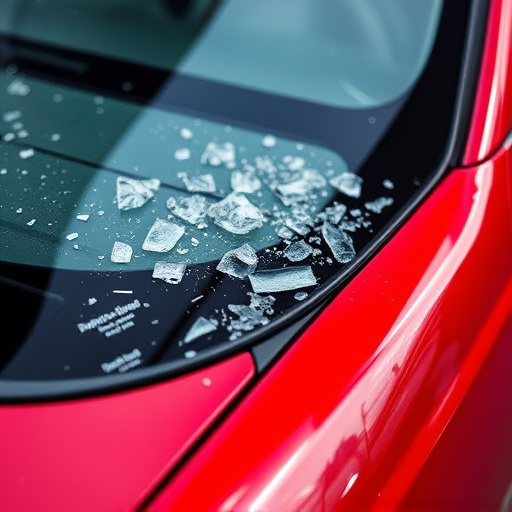
Paintless dent removal (PDR) is a cost-effective, time-saving technique for fleet vehicle bodywork r…….

Paintless dent removal, a non-invasive method fixing vehicle dents without painting, preserves facto…….

Paintless dent removal is a specialized automotive repair technique that uses advanced tools to gent…….
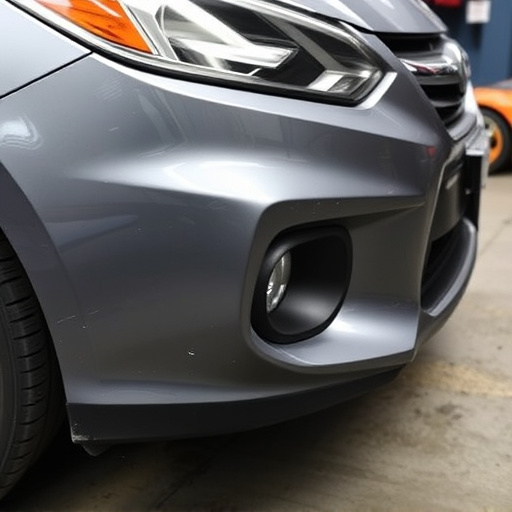
Paintless dent removal (PDR) is a specialized automotive repair technique that restores damaged vehi…….
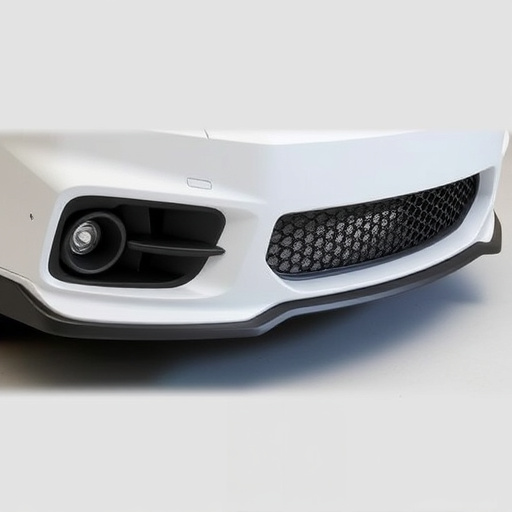
Paintless dent removal (PDR) is a non-invasive car body restoration method using specialized tools a…….

Paintless dent removal (PDR) is a non-invasive technique for repairing shallow dents, preserving ori…….

Paintless dent removal (PDR) is a specialized automotive repair technique that restores car bodywork…….
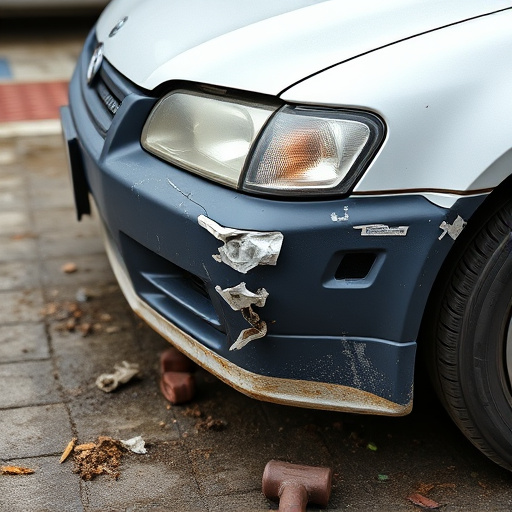
Dents can range from minor to severe, requiring DIY or professional paintless dent removal (PDR) for…….
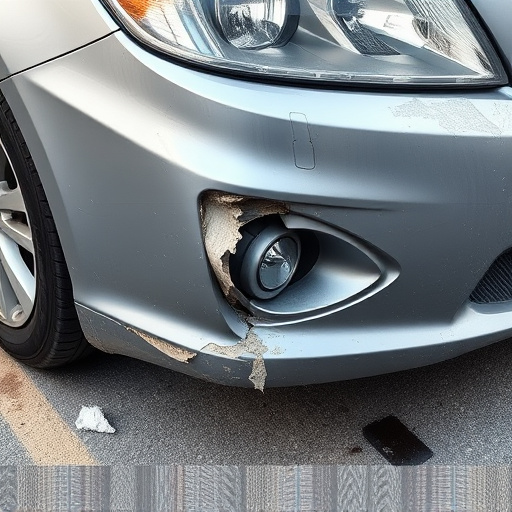
Paintless dent removal is an eco-conscious, efficient method repairing autobody damage without paint…….